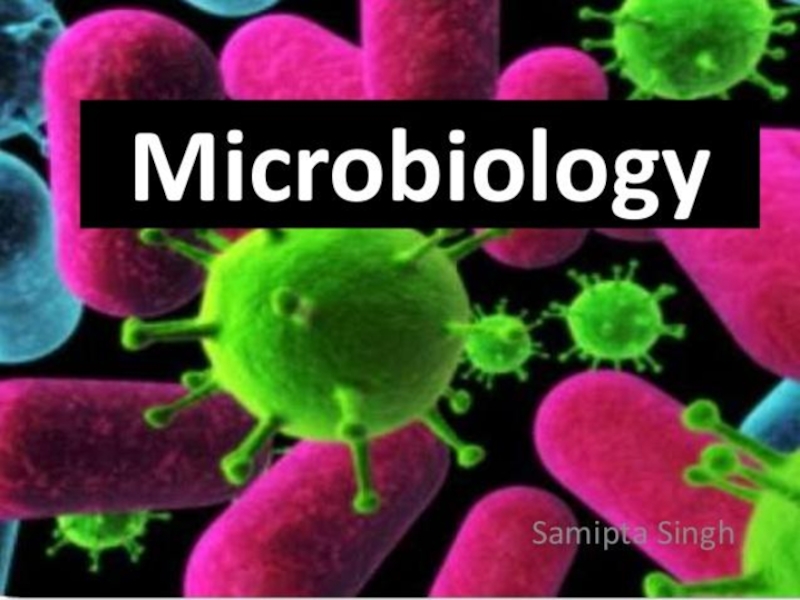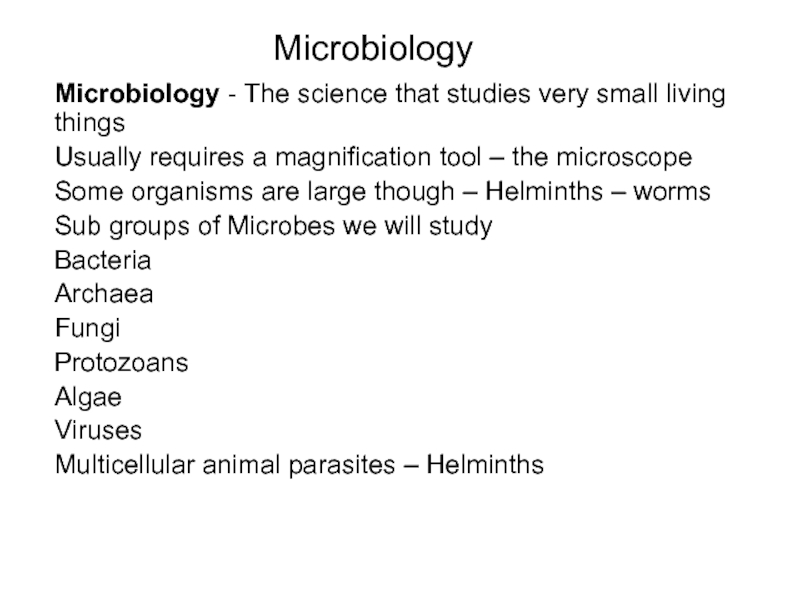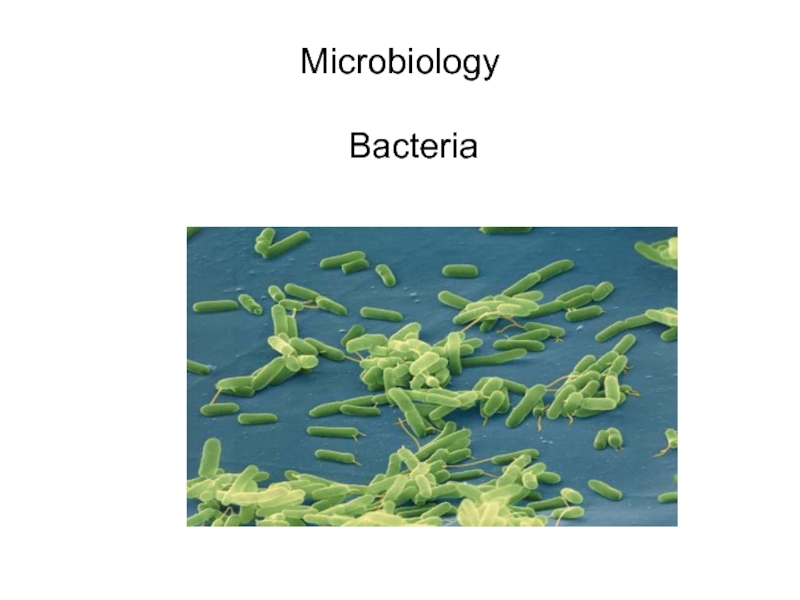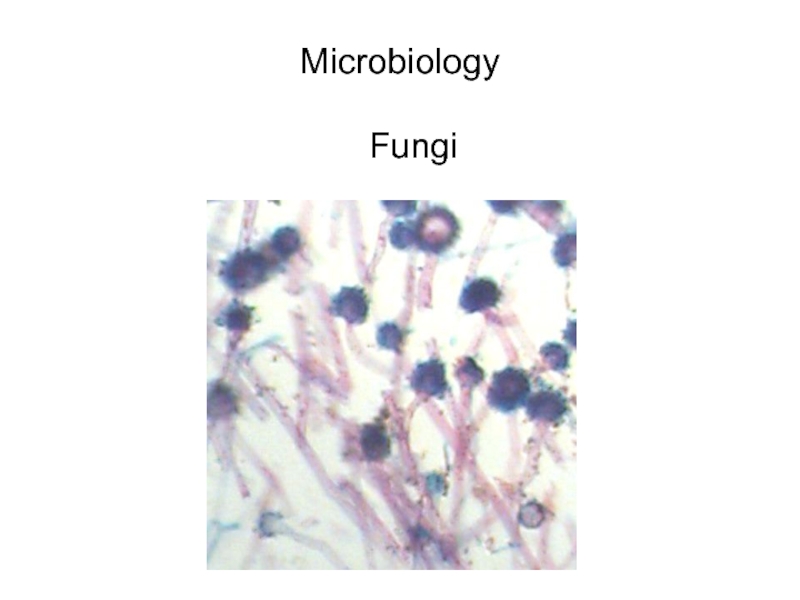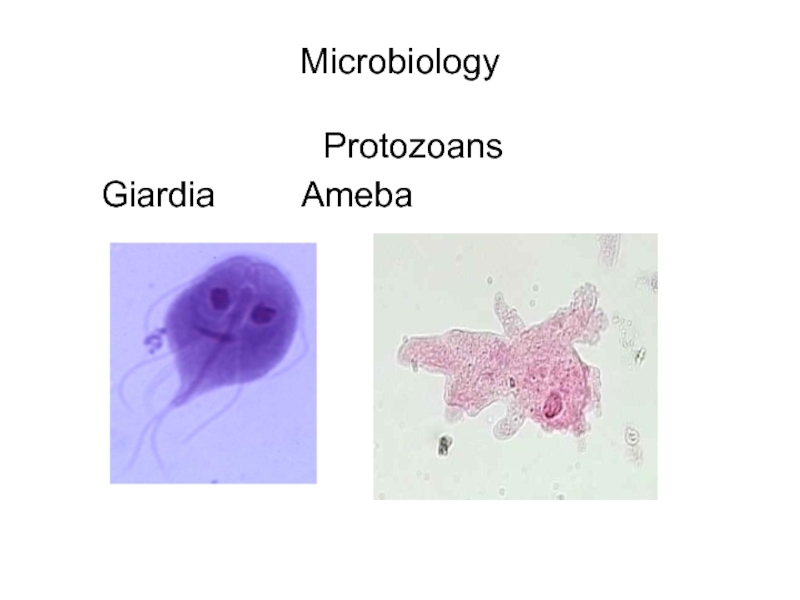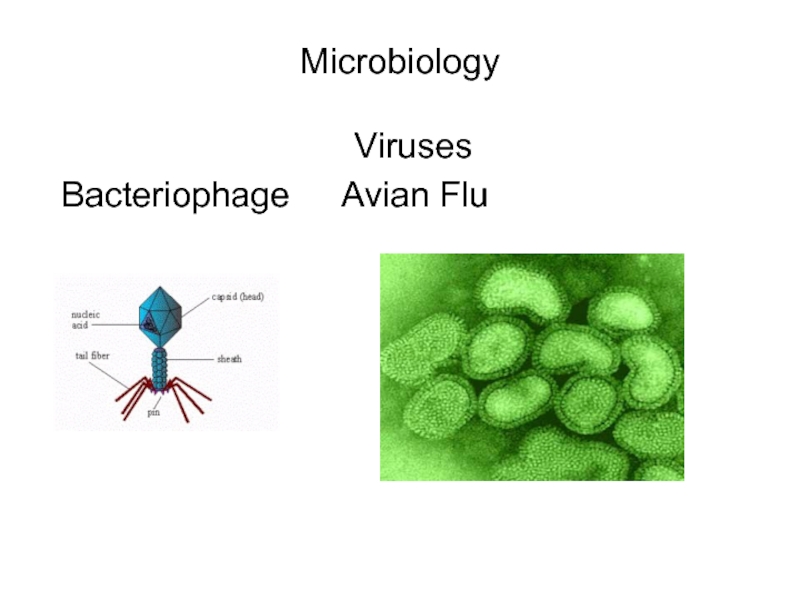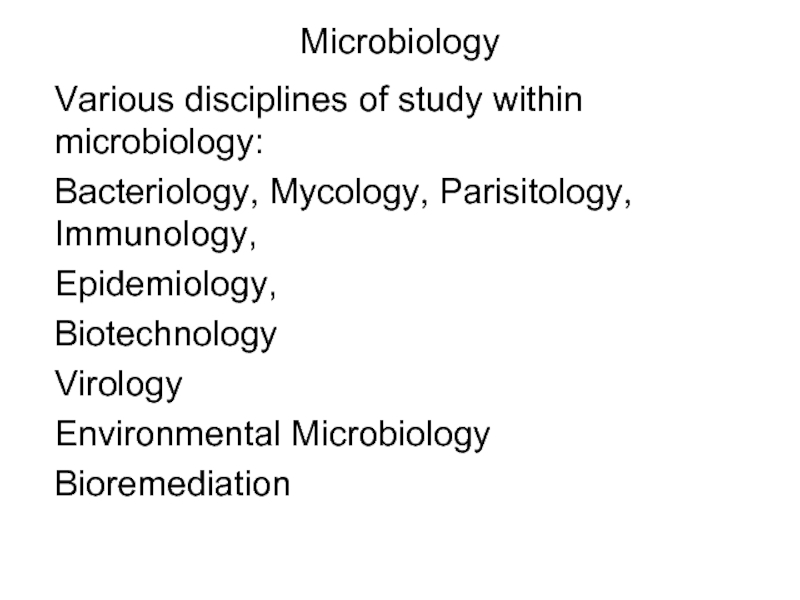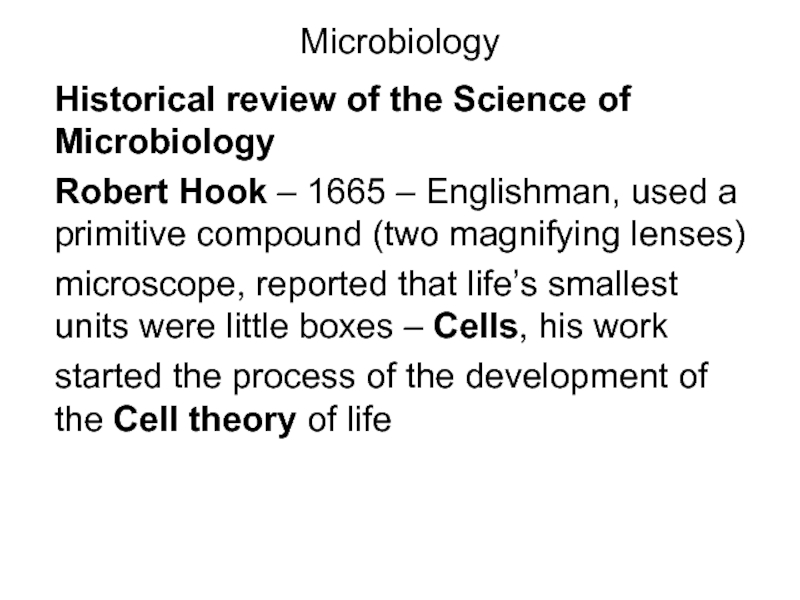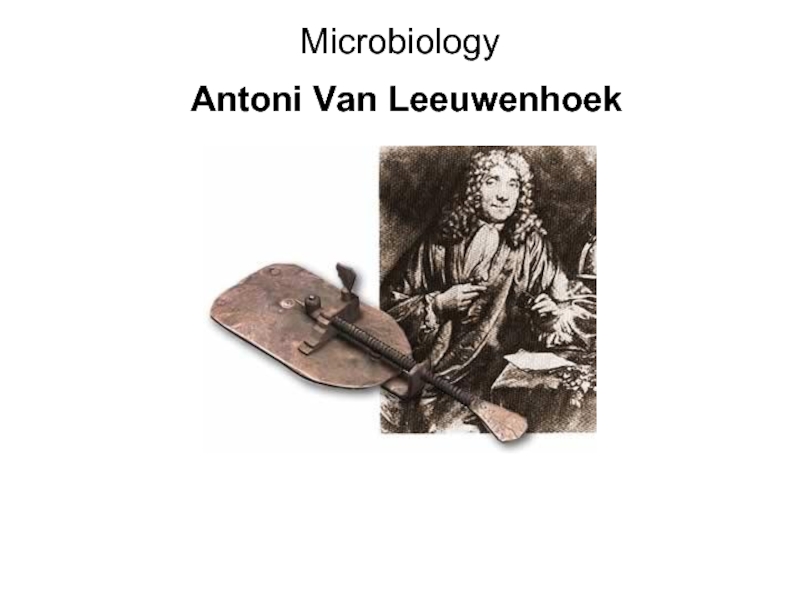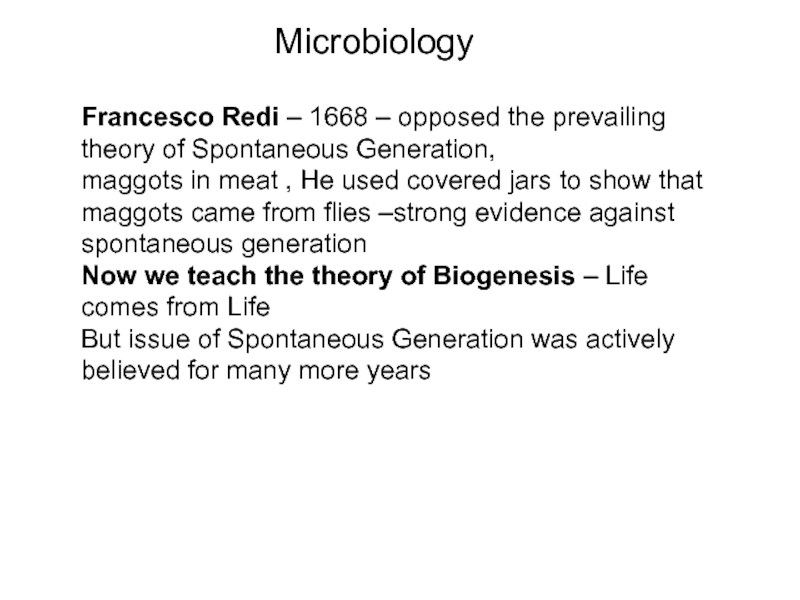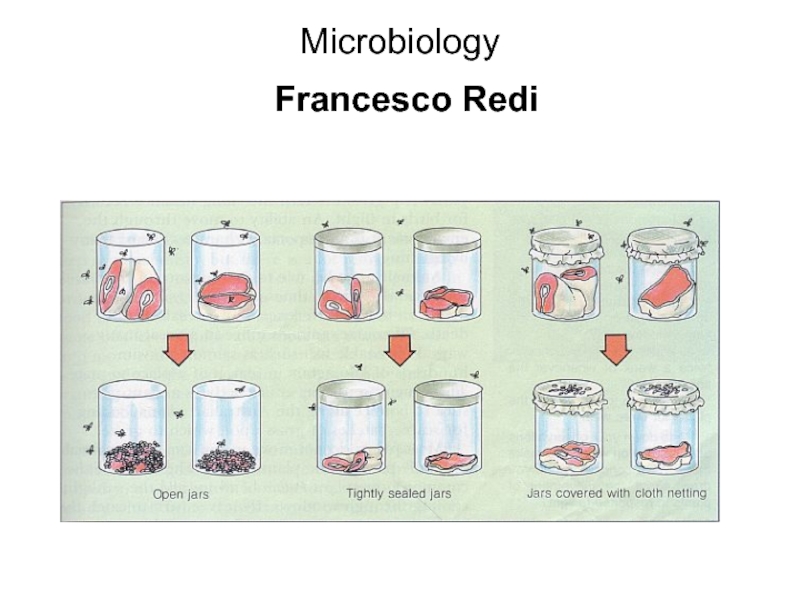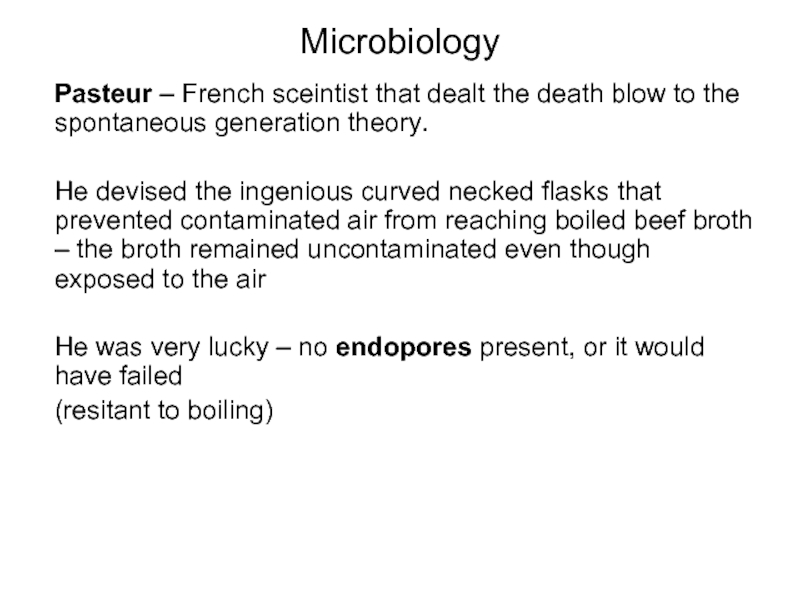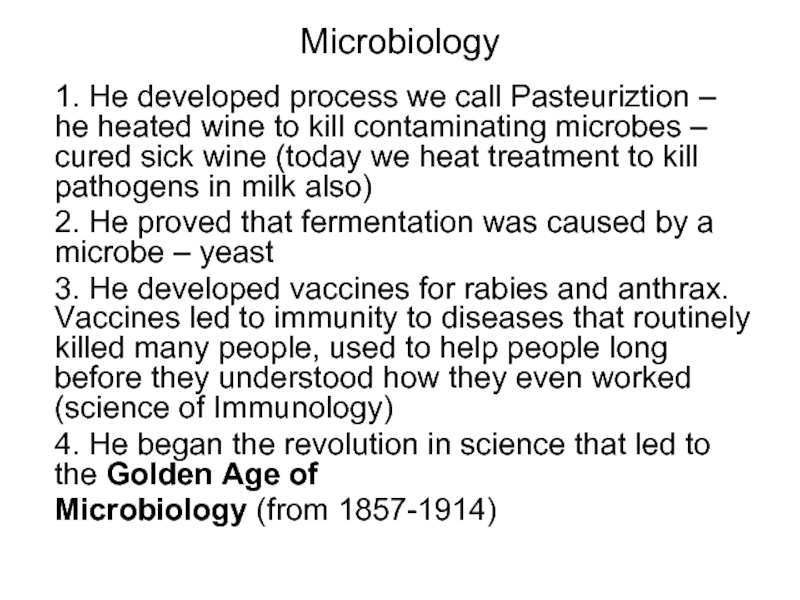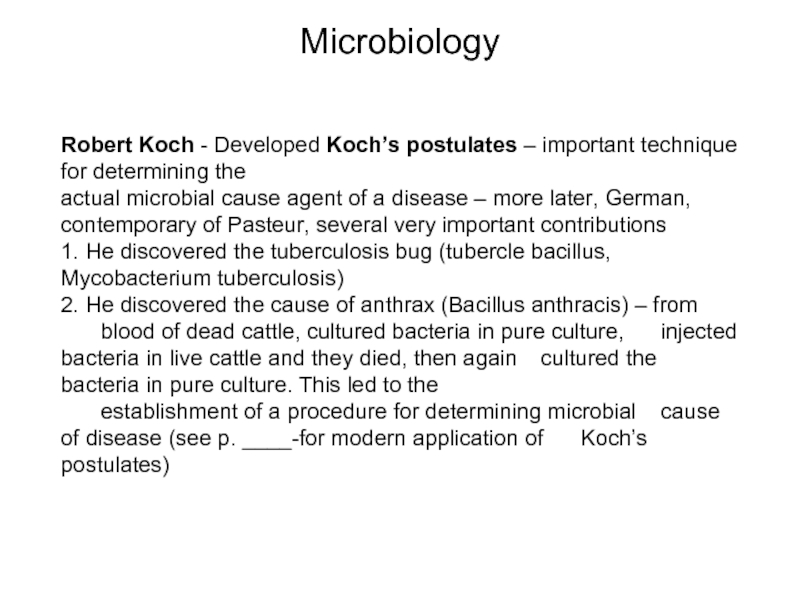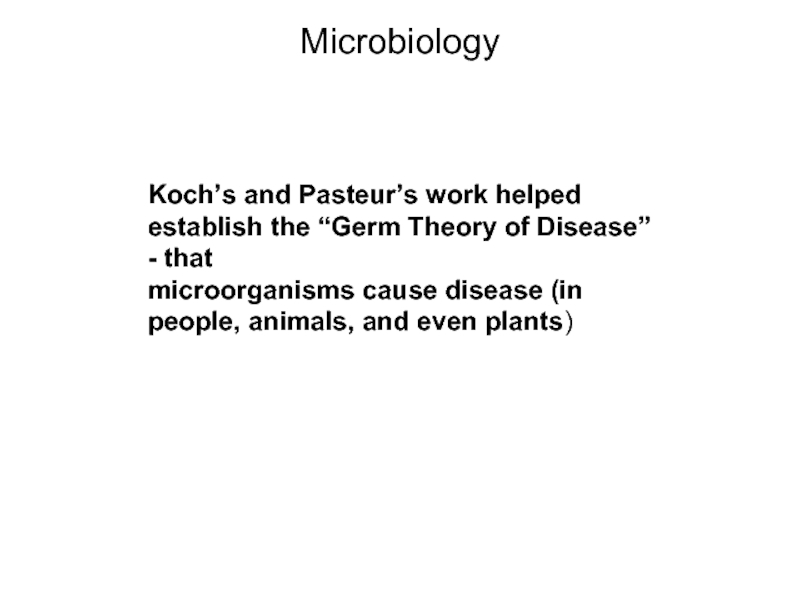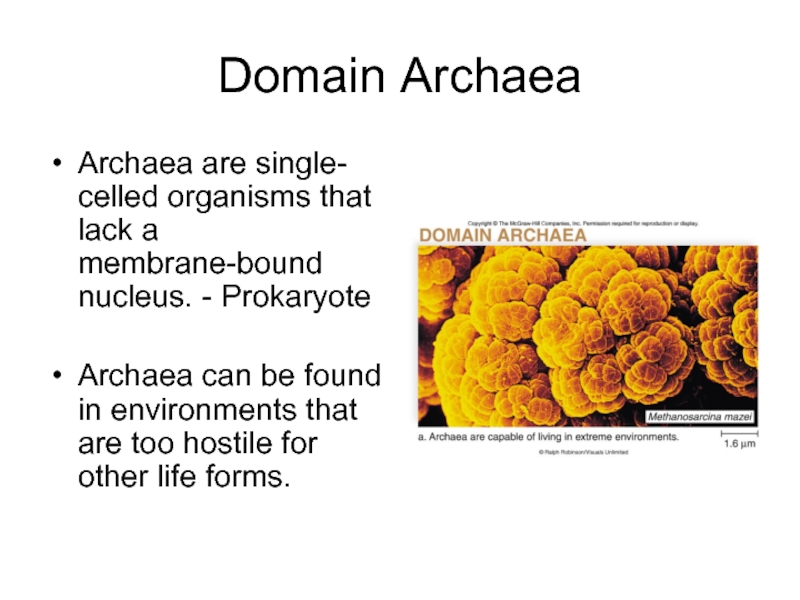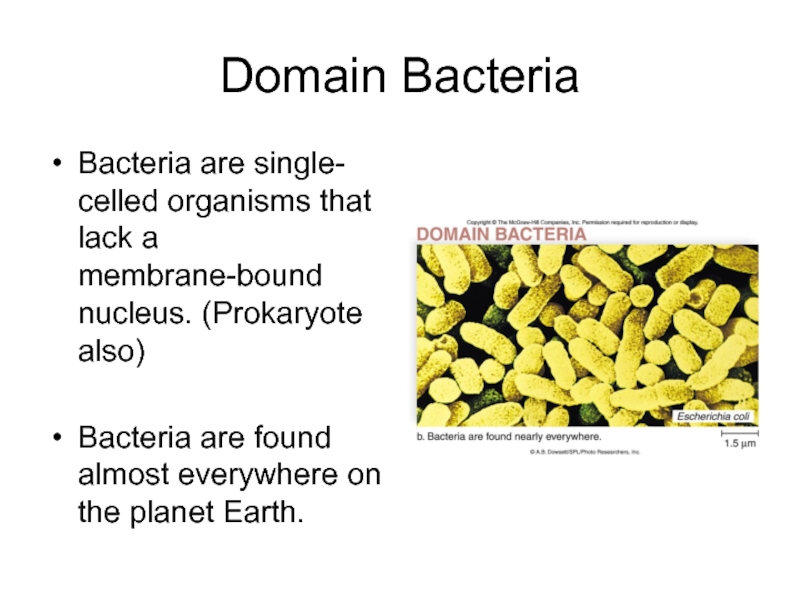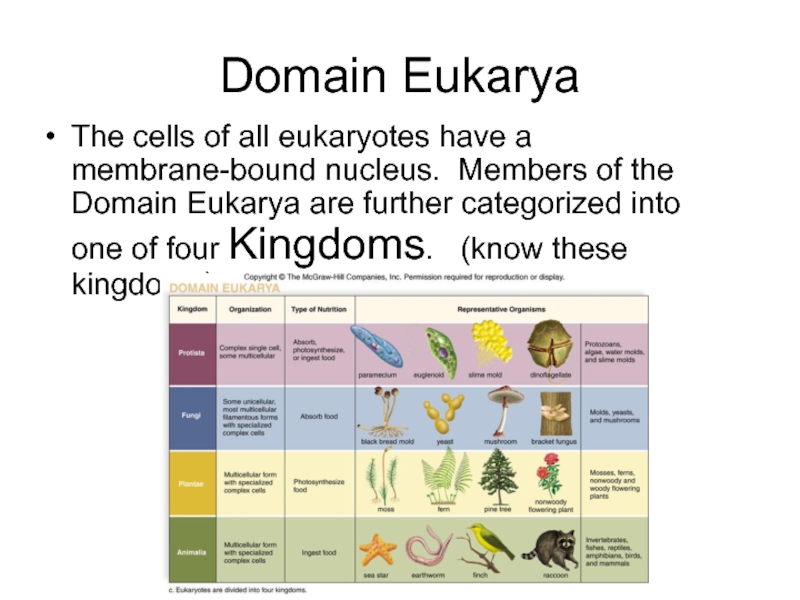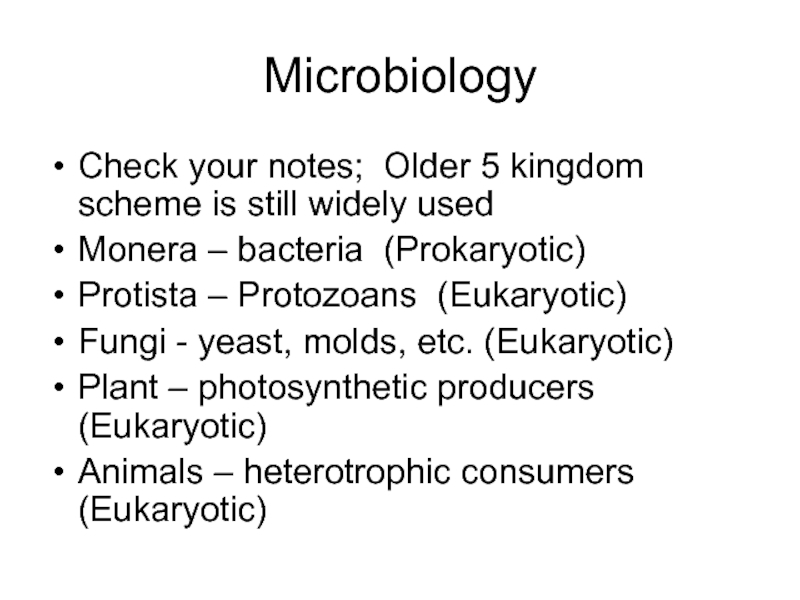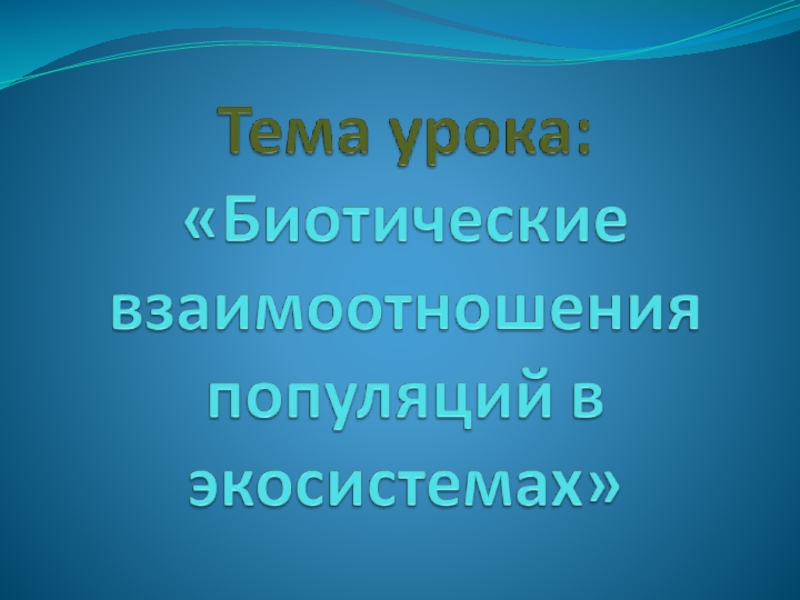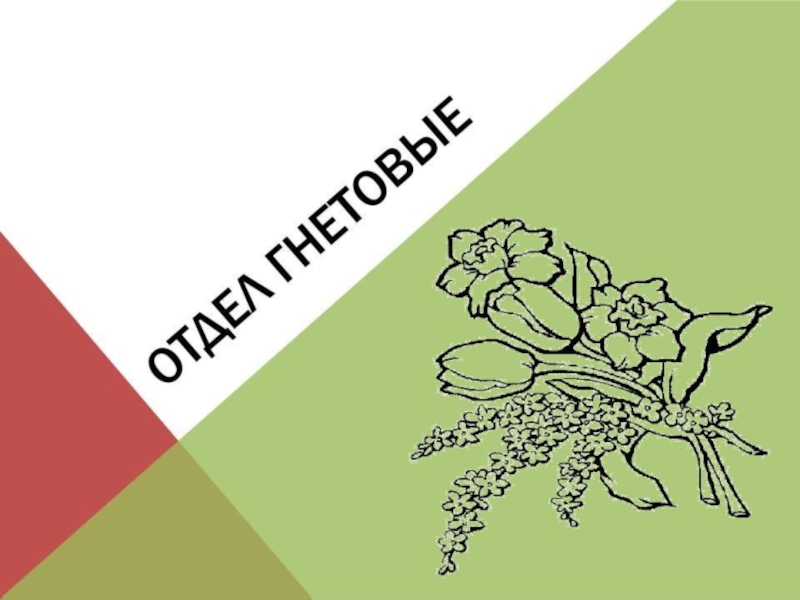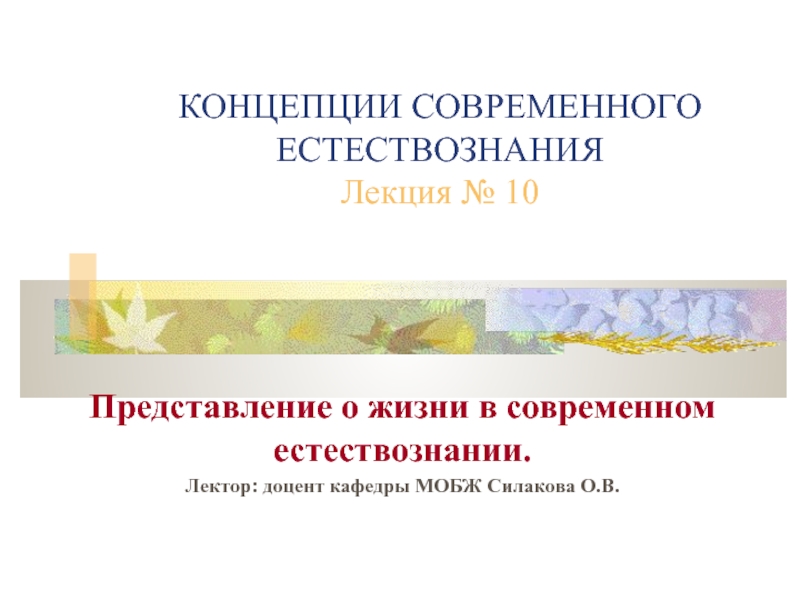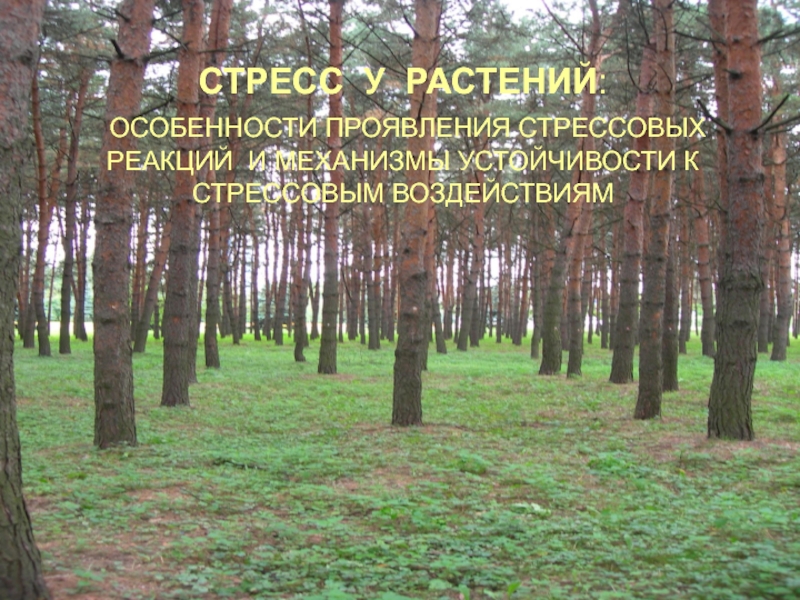- Главная
- Разное
- Дизайн
- Бизнес и предпринимательство
- Аналитика
- Образование
- Развлечения
- Красота и здоровье
- Финансы
- Государство
- Путешествия
- Спорт
- Недвижимость
- Армия
- Графика
- Культурология
- Еда и кулинария
- Лингвистика
- Английский язык
- Астрономия
- Алгебра
- Биология
- География
- Детские презентации
- Информатика
- История
- Литература
- Маркетинг
- Математика
- Медицина
- Менеджмент
- Музыка
- МХК
- Немецкий язык
- ОБЖ
- Обществознание
- Окружающий мир
- Педагогика
- Русский язык
- Технология
- Физика
- Философия
- Химия
- Шаблоны, картинки для презентаций
- Экология
- Экономика
- Юриспруденция
Microbiology. Sub groups of Microbes презентация
Содержание
- 2. Microbiology Microbiology - The science that
- 3. Microbiology Bacteria
- 4. Microbiology Fungi
- 5. Microbiology Protozoans Giardia Ameba
- 6. Microbiology Viruses Bacteriophage Avian Flu
- 7. Microbiology Various disciplines of study within
- 8. Microbiology Historical review of the Science
- 9. Microbiology Antoni Van Leeuwenhoek –1673 -
- 10. Microbiology Antoni Van Leeuwenhoek
- 12. Microbiology Francesco Redi
- 13. Microbiology Pasteur – French sceintist that
- 14. Microbiology 1. He developed process we
- 15. Microbiology Robert Koch - Developed Koch’s
- 16. Microbiology Koch’s and Pasteur’s work helped
- 17. Domain Archaea Archaea are single- celled organisms
- 18. Domain Bacteria Bacteria are single- celled organisms
- 19. Domain Eukarya The cells of all eukaryotes
- 20. Microbiology Check your notes; Older 5 kingdom
Слайд 2Microbiology
Microbiology - The science that studies very small living things
Usually
Some organisms are large though – Helminths – worms
Sub groups of Microbes we will study
Bacteria
Archaea
Fungi
Protozoans
Algae
Viruses
Multicellular animal parasites – Helminths
Слайд 7Microbiology
Various disciplines of study within microbiology:
Bacteriology, Mycology, Parisitology, Immunology,
Epidemiology,
Biotechnology
Virology
Environmental Microbiology
Bioremediation
Слайд 8Microbiology
Historical review of the Science of Microbiology
Robert Hook – 1665
microscope, reported that life’s smallest units were little boxes – Cells, his work
started the process of the development of the Cell theory of life
Слайд 9Microbiology
Antoni Van Leeuwenhoek –1673 - probably the first person to
Слайд 11
Francesco Redi – 1668 – opposed the prevailing theory of Spontaneous Generation,
maggots in meat , He used covered jars to show that maggots came from flies –strong evidence against spontaneous generation
Now we teach the theory of Biogenesis – Life comes from Life
But issue of Spontaneous Generation was actively believed for many more years
Слайд 13Microbiology
Pasteur – French sceintist that dealt the death blow to
He devised the ingenious curved necked flasks that prevented contaminated air from reaching boiled beef broth – the broth remained uncontaminated even though exposed to the air
He was very lucky – no endopores present, or it would have failed
(resitant to boiling)
Слайд 14Microbiology
1. He developed process we call Pasteuriztion – he heated
2. He proved that fermentation was caused by a microbe – yeast
3. He developed vaccines for rabies and anthrax. Vaccines led to immunity to diseases that routinely killed many people, used to help people long before they understood how they even worked (science of Immunology)
4. He began the revolution in science that led to the Golden Age of
Microbiology (from 1857-1914)
Слайд 15Microbiology
Robert Koch - Developed Koch’s postulates – important technique for
actual microbial cause agent of a disease – more later, German, contemporary of Pasteur, several very important contributions
1. He discovered the tuberculosis bug (tubercle bacillus, Mycobacterium tuberculosis)
2. He discovered the cause of anthrax (Bacillus anthracis) – from blood of dead cattle, cultured bacteria in pure culture, injected bacteria in live cattle and they died, then again cultured the bacteria in pure culture. This led to the
establishment of a procedure for determining microbial cause of disease (see p. ____-for modern application of Koch’s postulates)
Слайд 16Microbiology
Koch’s and Pasteur’s work helped establish the “Germ Theory of
microorganisms cause disease (in people, animals, and even plants)
Слайд 17Domain Archaea
Archaea are single- celled organisms that lack a membrane-bound nucleus.
Archaea can be found in environments that are too hostile for other life forms.
Слайд 18Domain Bacteria
Bacteria are single- celled organisms that lack a membrane-bound nucleus.
Bacteria are found almost everywhere on the planet Earth.
Слайд 19Domain Eukarya
The cells of all eukaryotes have a membrane-bound nucleus. Members
Слайд 20Microbiology
Check your notes; Older 5 kingdom scheme is still widely used
Monera
Protista – Protozoans (Eukaryotic)
Fungi - yeast, molds, etc. (Eukaryotic)
Plant – photosynthetic producers (Eukaryotic)
Animals – heterotrophic consumers (Eukaryotic)
